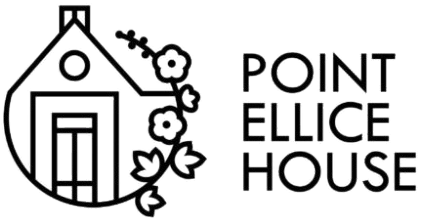About
- Home
- About
About Us
About Point Ellice House
Point Ellice House Museum aims to be a place of reflection, learning, and connection. Located on the traditional, unceded territories of the Lekwungen-speaking peoples, now known as the Songhees and Xwsepsum (Esquimalt) First Nations. We honour the histories of Indigenous communities, Métis people, and non-Indigenous settlers who have shaped this land. Through a process of critical museology, Point Ellice House works to tell inclusive, balanced, and reconciliatory stories that recognize the legacies of colonialism while celebrating the resilience, strength, and beauty of Indigenous cultures and heritage.
We are deeply committed to fostering an environment of community-building. Our mission is to provide a space where visitors can learn, share, and engage with the histories that have shaped this region. As we continue to support the ongoing process of reconciliation, we invite all to reflect on the past, listen to the stories of Indigenous peoples, and contribute to the creation of a more just and inclusive future.
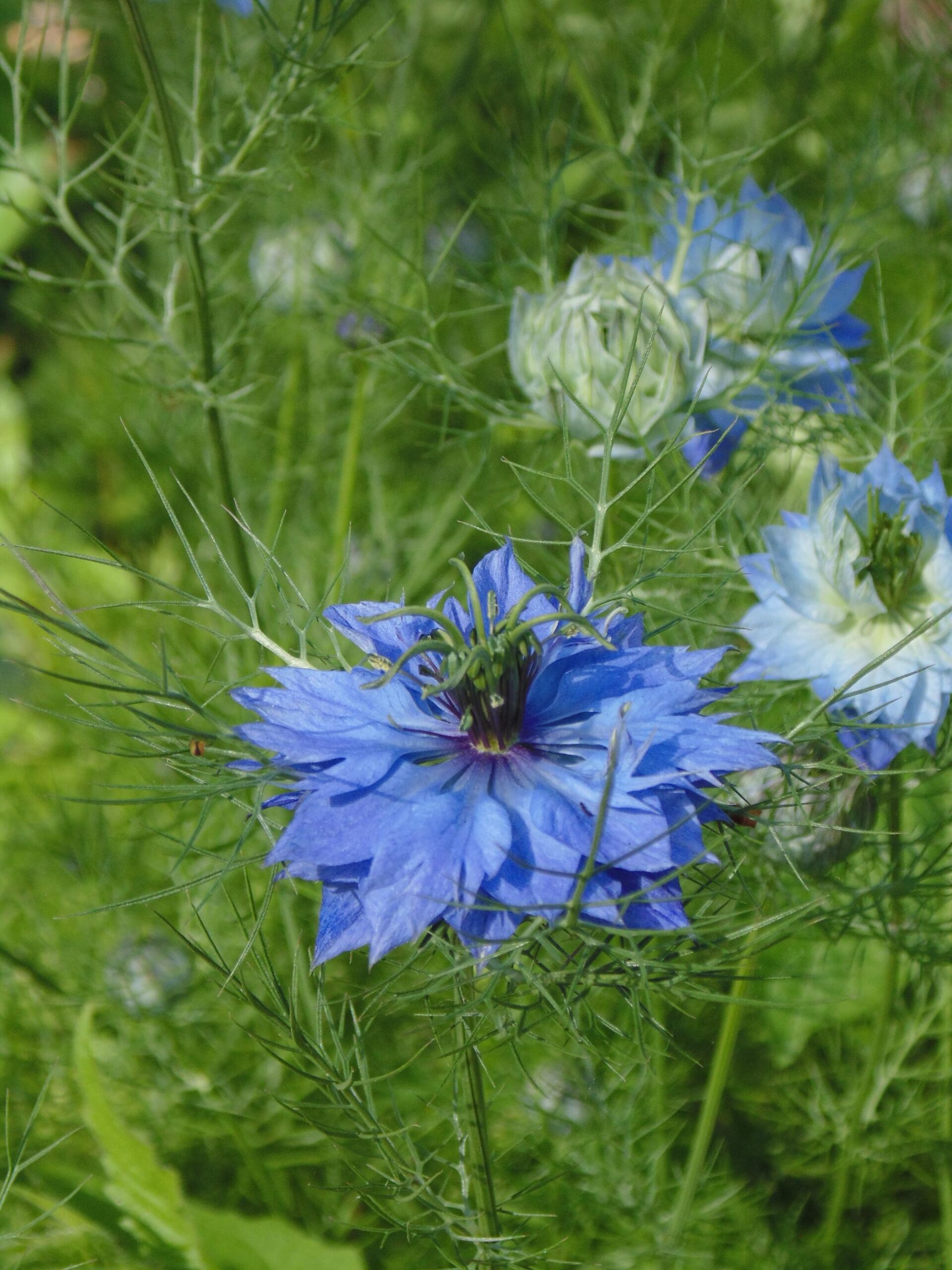
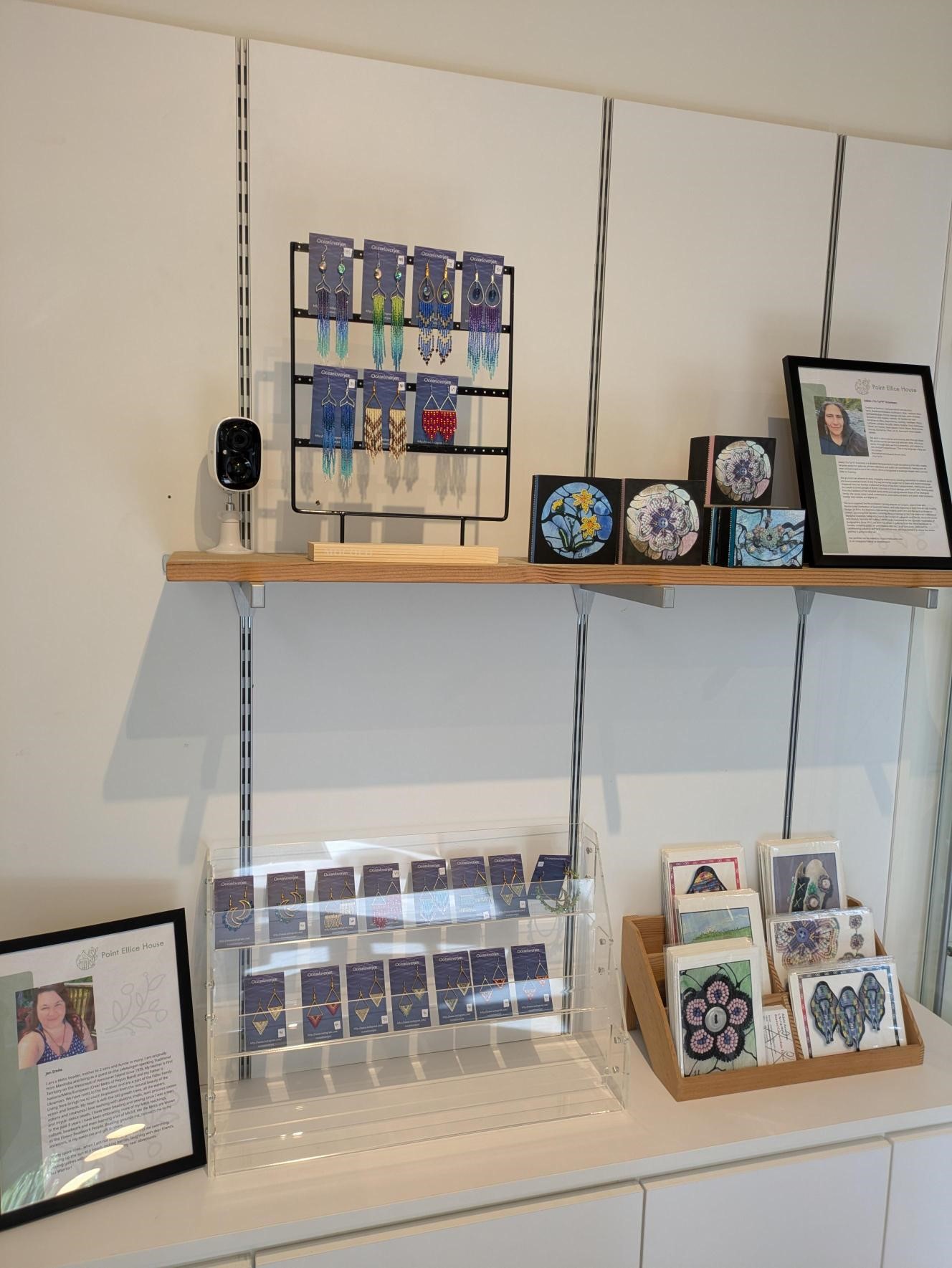
How It Began
Explore the Canadian History
This section is a brief introduction to Canadian history, it is not an in-depth explanation of all the nuances of Canadian history. The focus will be on Indigenous histories, but it is important to note that many people, with many different identities, have made Canada their home. Their stories have shaped Canadian history and will continue to shape our collective history.
Pre-contact
These territories are stewarded by the lək̓ʷəŋən peoples, the Songhees and the Xwsepsum First Nations, who have taken care of these lands since time immemorial, and whose connection to this land persist to this day.
Post-contact
Once the Hudson’s Bay Company and the British government reached what is now British Colombia, a series of forts were built throughout the province, first administered by the HBC and then the forts were transformed into cities by the British. Fort Victoria was one such fort that ultimately became the capital of the Colony of British Columbia and the Province of British Columbia when it joined the Dominion of Canada. Throughout this process, Indigenous peoples continued to be displaced by various government policies and agencies, and some were forced by the federal government to live on reserves and their children forced to attend residential schools.
Métis History
The Métis are one of the three federally recognized Aboriginal peoples of Canada, alongside the First Nations and the Inuit. With a homeland that spanned the entirety of the Canadian Prairies and northern Great Plains, the Métis have continuously shaped Canadian history. The Métis began from relationships with European fur traders and First Nations women, who then continued to intermarry and develop a vibrant and unique culture and language known as Michif. The Métis continued to work in the fur trade, reaching as far as the Pacific Ocean and Fort Victoria.
After continuing efforts from the Canadian government to suppress the Métis; the Métis, led by Louis Riel, resisted these efforts. The Métis were unfortunately suppressed by the government, but their actions have shaped the relationship between Indigenous peoples and the Canadian government to this day.
OUR TEAM
Meet the Point Ellice House Staff
Allison Dunn
Trading Post Coordinator
Allison Dunn has been residing as a settler and visitor on the traditional territories of the W̲SÁNEĆ Peoples since 2013. She is a songwriter, musician, and passionate advocate for arts, culture and sustainable tourism. With experience in project management, business development and community engagement, she manages the Métis Nation of BC’s online Trading Post and retail gift shop based at Point Ellice House Museum and Gardens. She coordinates with local Indigenous artists, artisans and community partners to feature their work for display, sale, and educational purposes and works to promote the artists through creative marketing and storytelling.
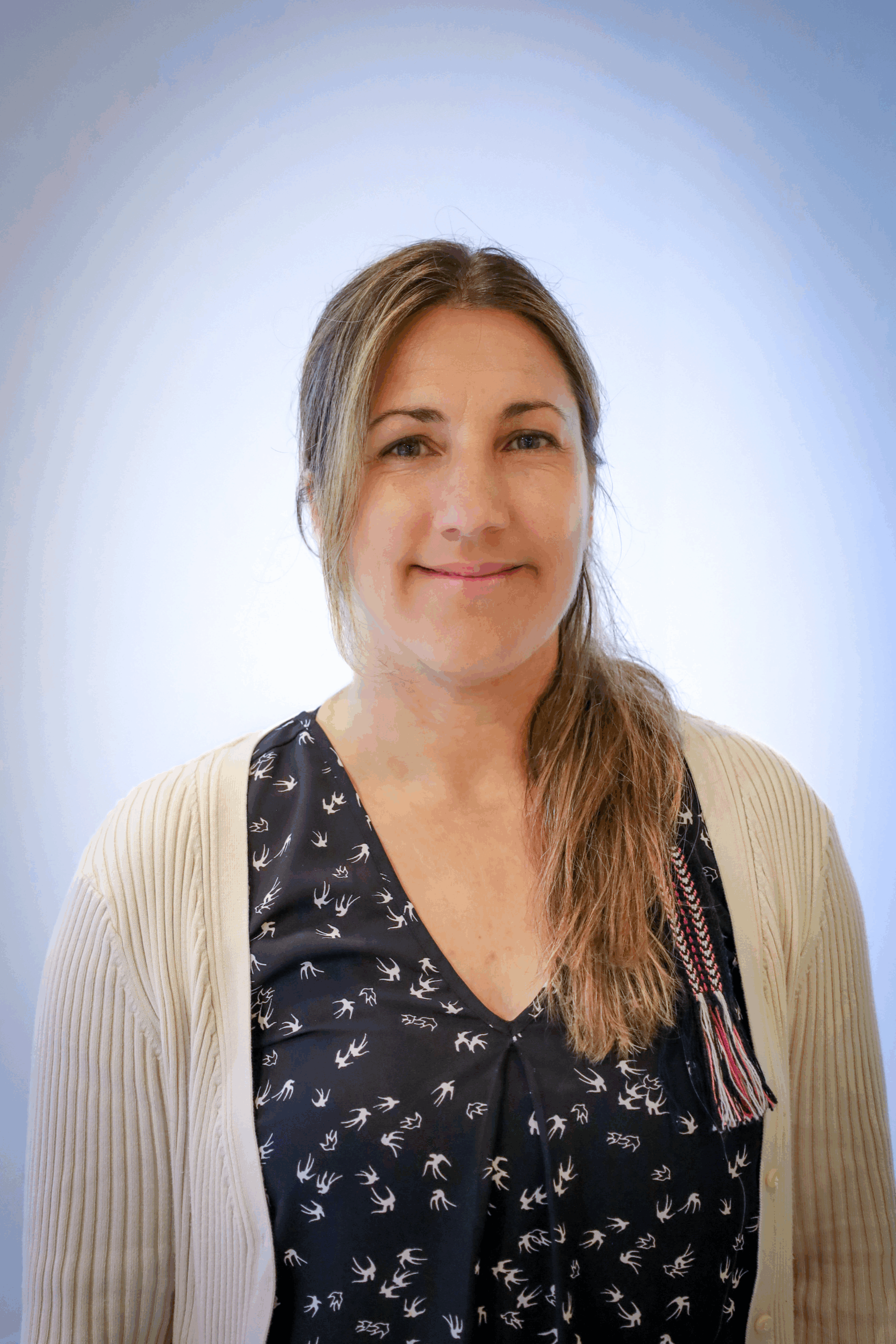
Allison Dunn
Trading Post Coordinator
Allison Dunn
Trading Post Coordinator
Beth Compton
Heritage Experience Coordinator
Beth has been working at Point Ellice House Museum and Gardens since 2021 and joined MNBC as the Garden Operations Coordinator and has shifted into the Heritage Experience Coordinator position. As the Heritage Experience Coordinator, Beth’s primary goal is to cultivate a meaningful and safe space for learning, growing, and building community. Beth’s role at Point Ellice House involves research, planting, and maintenance of the historic gardens, as well as developing and delivering programming and workshops. She has experience teaching individuals of all ages in a wide range of subjects including natural sciences, history, arts and culture. Of settler ancestry, Beth was born in Nebraska and grew up in North Carolina. Her father's family largely resides in the eastern United States and her mother's family primarily resides in Cornwall, England. Beth grew up in a family of horticulturalists and went on to pursue advanced degrees in archaeology and digital technologies (MA, PhD) with minors in geology and studio art. Outside of work, Beth likes arts and crafts, home gardening, reading and exploring Vancouver Island through its various parks.
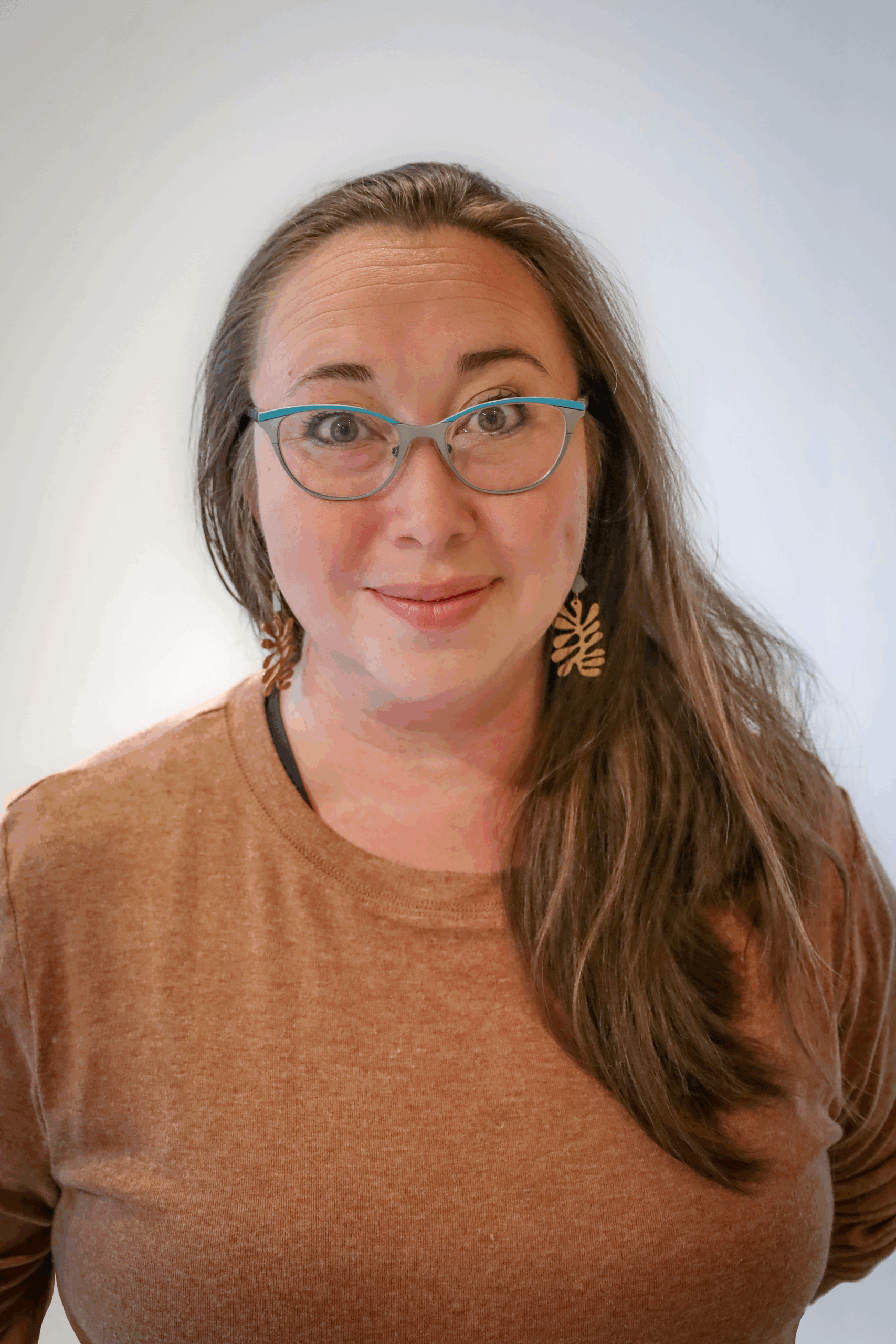
Beth Compton
Heritage Experience Coordinator
Beth Compton
Heritage Experience Coordinator
Bryn Taylor-Hawes
Heritage Curator
Bryn joined MNBC and the Point Ellice House team in June 2024 as the Heritage Curator. She grew up on the unceded territories of the Syilx peoples in what is now Vernon, British Columbia. She is now a visitor to the territories stewarded by the lək̓ʷəŋən speaking peoples. A graduate from the University of Calgary with a degree in History, and a keen interest in decolonial and repatriation history, Bryn hopes to decolonize the museum space. Bryn is our wealth of knowledge and experienced public speaker who you may have the pleasure of meeting when you book one of our guided tours. With a brilliant sense of humor and a healthy dose of sarcasm, Bryn brings so much fun, joy and energy to her work and the site. Outside of work, you can find Bryn playing Dungeons & Dragons, reading, playing ringette, or desperately trying to be a Jedi.
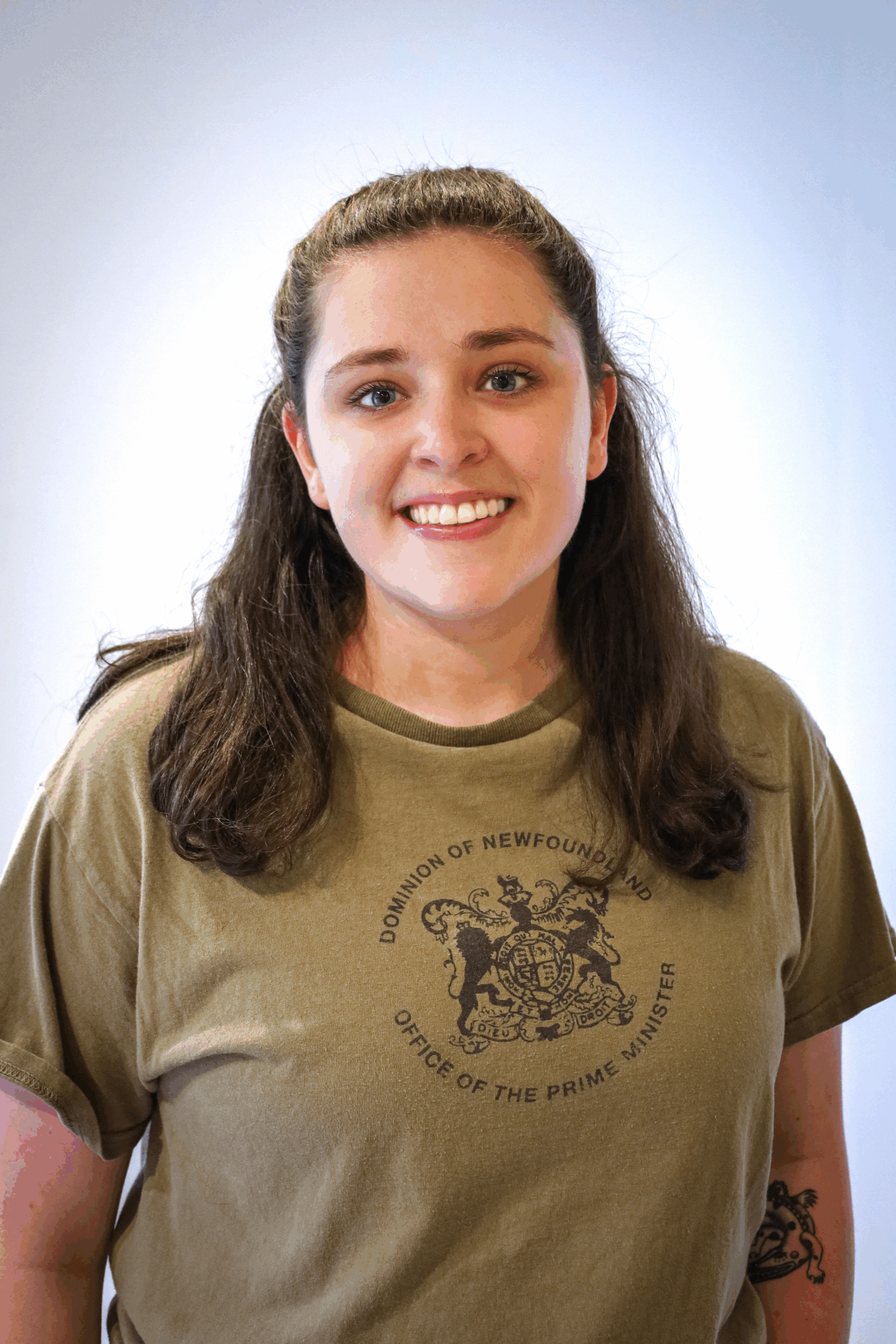
Bryn Taylor-Hawes
Heritage Curator
Bryn Taylor-Hawes
Heritage Curator
Ryan Newbury
Front Desk Administrator
Ryan joined our team as Front Desk Administrator in June 2024. As the first point of contact for visitors, his friendly and calm demeanor creates a welcoming atmosphere. A passionate learner and a fierce team player, he is actively discovering and embracing his Métis heritage and is happy to share his experiences. With a background in broadcasting, sports, and customer service, Ryan brings a wealth of experience to his role. He has previously worked with organizations such as BC Ferries, the BC Lions, and Blue Frog Studios, where he gained expertise in customer service, community engagement, and production support. His adaptability and support for his colleagues make him a valuable team member. Outside of work, Ryan enjoys sports, beading, and exploring good food, always seeking opportunities to connect with people and build meaningful relationships.
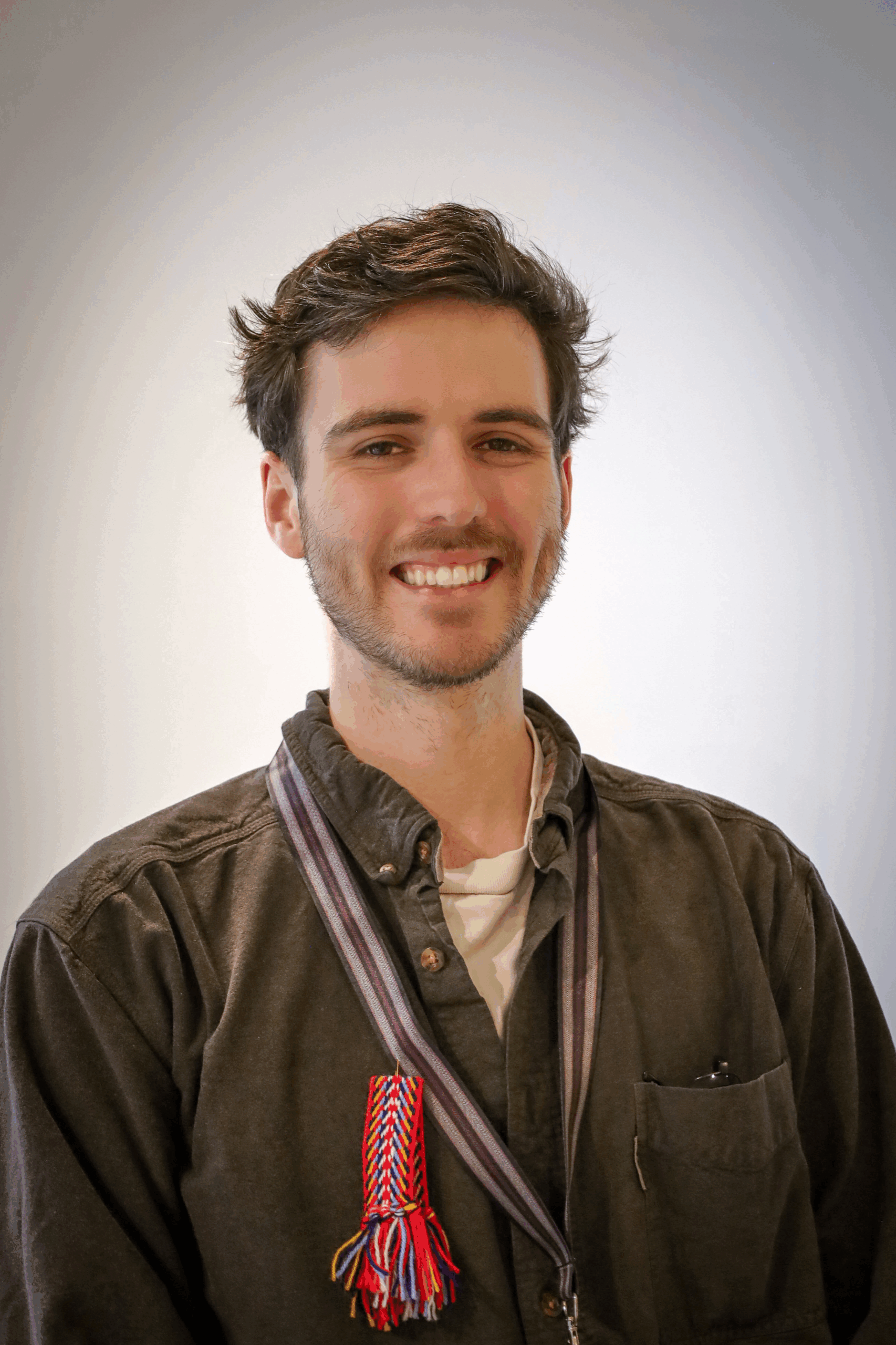
Ryan Newbury
Front Desk Administrator
Ryan Newbury
Front Desk Administrator
Jennifer Rosado
Heritage Manager
Jennifer Rosado is a museum professional with over 25 years of experience, having worked at the National Museum of Art, the Palace of Fine Arts Museum in Mexico City, and the National Institute of Anthropology and History. She has also been involved in traveling exhibitions internationally, bringing cultural stories to global audiences. Throughout her career, she has challenged traditional museology practices and reshaped how museums engage with diverse histories and cultures. Currently, Jennifer leads an initiative at Point Ellice House focused on addressing the legacies of colonialism, creating spaces for healing, and fostering understanding. She holds Master’s degrees in Museology from the National Institute of Anthropology and History and in Intercultural Communication from Royal Roads University. Jennifer grew up on the unceded territories of the Otomí and Mexihcah peoples in Naucalpan, Mexico. In her personal time, she enjoys horror and fantasy films, literature and spending time with family and friends.
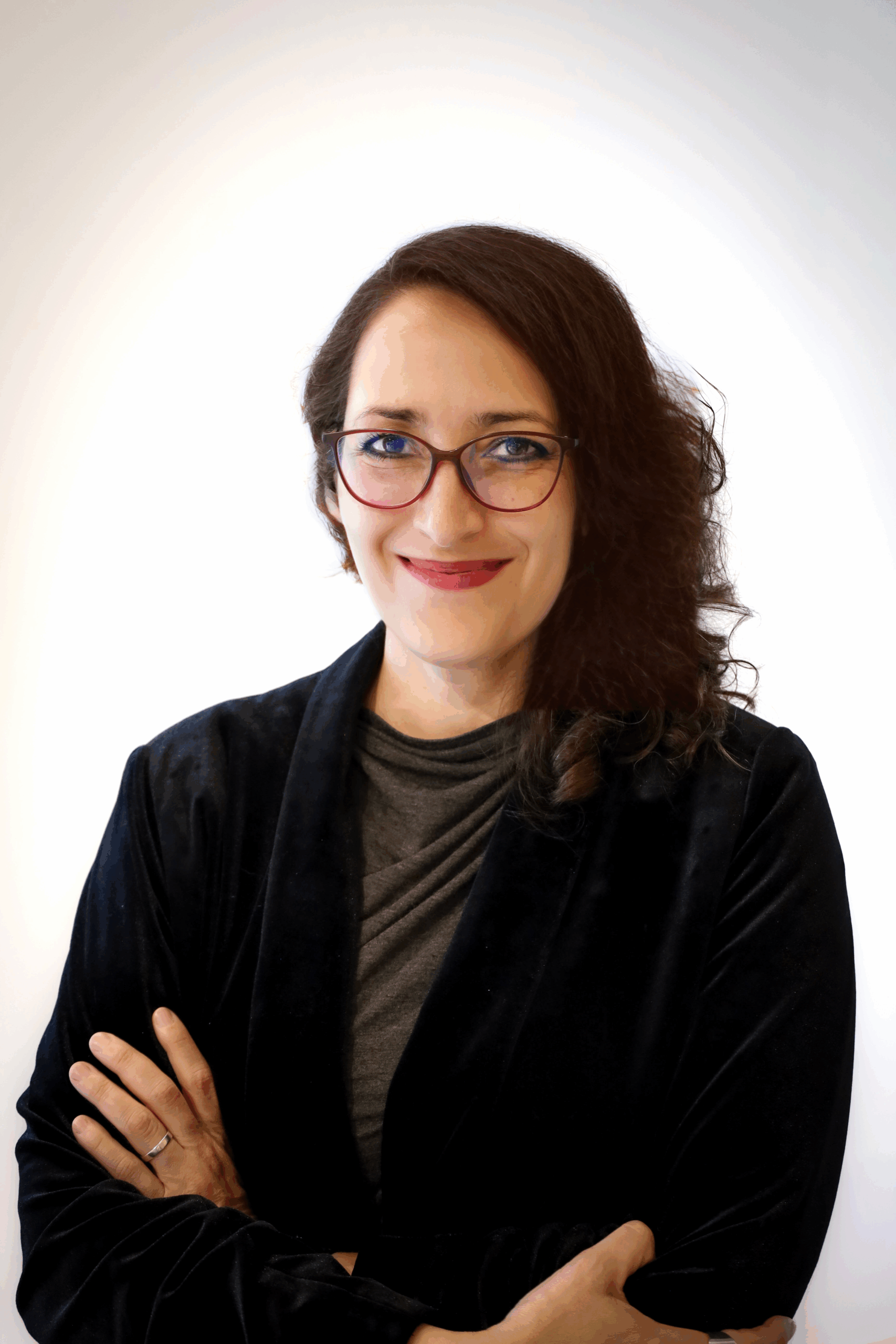
Jennifer Rosado
Heritage Manager
Jennifer Rosado
Heritage Manager
Tracey McBride
Senior Manager of Tourism Development
Tracey Mcbride
Senior Manager of Tourism Development
Before 1861: Telling the Story of the Land
Point Ellice House stands on land that holds deep significance for the Songhees and Esquimalt First Nations, the traditional caretakers of this territory. As stewards of the land, the Lekwungen-speaking peoples have lived here since time immemorial, cultivating rich cultures and practices deeply connected to the land, water, and the natural world. The ongoing presence and strength of these communities are an essential part of the story we tell.
We begin our exploration with a Land Acknowledgement, recognizing that this land was, and continues to be, a site of cultural and spiritual significance for Indigenous peoples. This section honors the history and traditions of the Songhees and Esquimalt Nations, acknowledging their ongoing relationship with the land and their resilience in the face of colonial policies and practices.
1861-1867: The Work and Wallace Families
The history of Point Ellice House reflects the fur trade and colonial eras, beginning with John Work, a Chief Factor for the Hudson’s Bay Company who acquired the land in the mid-1800s. Along with his wife Josette Legacé, of mixed ancestry (half French-Canadian, half Spokane or Nez Perce), John Work’s legacy is integral to the story of early British Columbia. Their daughter, Catherine Work, married Charles Wentworth Wallace, and they were the first owners to build the house that would later bear the name Point Ellice House.
This section acknowledges the complexities of colonial relationships and the contributions of the Métis and other Indigenous peoples to the region’s development, while addressing the privileges of the elite families of the fur trade in the early days of Fort Victoria.
1867-1975: The O’Reilly Family Story
The O’Reilly family’s story at Point Ellice House is intertwined with colonial governance, particularly through Peter O’Reilly’s role as Indian Reserve Commissioner. O’Reilly’s legacy is complicated: as a colonial officer, he played a role in the marginalization of Indigenous communities, imposing policies that disrupted traditional ways of life and dislocated many Indigenous peoples from their lands.
In our commitment to reconciliation, we approach these difficult histories with openness and a focus on critical reflection. We do not shy away from these challenges but aim to present them in a way that invites dialogue, understanding, and healing. This section also acknowledges Kathleen O’Reilly’s role in safekeeping her family’s personal effects and unknowingly creating a collection that would turn into a private museum in the 1960s, which later evolved into the public museum we see today, a space now dedicated to education and understanding.
1975-2024: A Provincially Owned Site
Since the Province of British Columbia acquired the property in 1975, Point Ellice House has evolved, becoming a public museum. Over the years, the site has been managed by various nonprofit organizations and initiatives, with different purposes, educational programs and public events. The evolution of Point Ellice House reflects a shift from a settler-focused perspective to a rising awareness for inclusive storytelling that acknowledges both colonial and Indigenous histories, as well as the evolving relationship between the museum and the surrounding communities.
2025: Looking Toward the Future – New Research
- The initial construction of Point Ellice House on Lekwungen territory and the impacts of colonial settlement.
- The original owner of PEH (1861-1867), and mixed-Indigenous woman, Catherine/Kate Work and her historical context in BC.
- Indigenous narratives, including connections to Métis and other Indigenous communities, through on-going research projects.
Our History
History ofPoint Ellice Story
Our story weaves together the rich histories of Indigenous and settler communities. From its early days as a Hudson’s Bay Company estate to its role today as a site of education and reconciliation, the house reflects British Columbia’s evolving cultural landscape.
Join us for an enriching experience - book a tour or workshop today!
Engage with history through interactive tours and workshops exploring Métis heritage, Victorian life, and sustainability.

